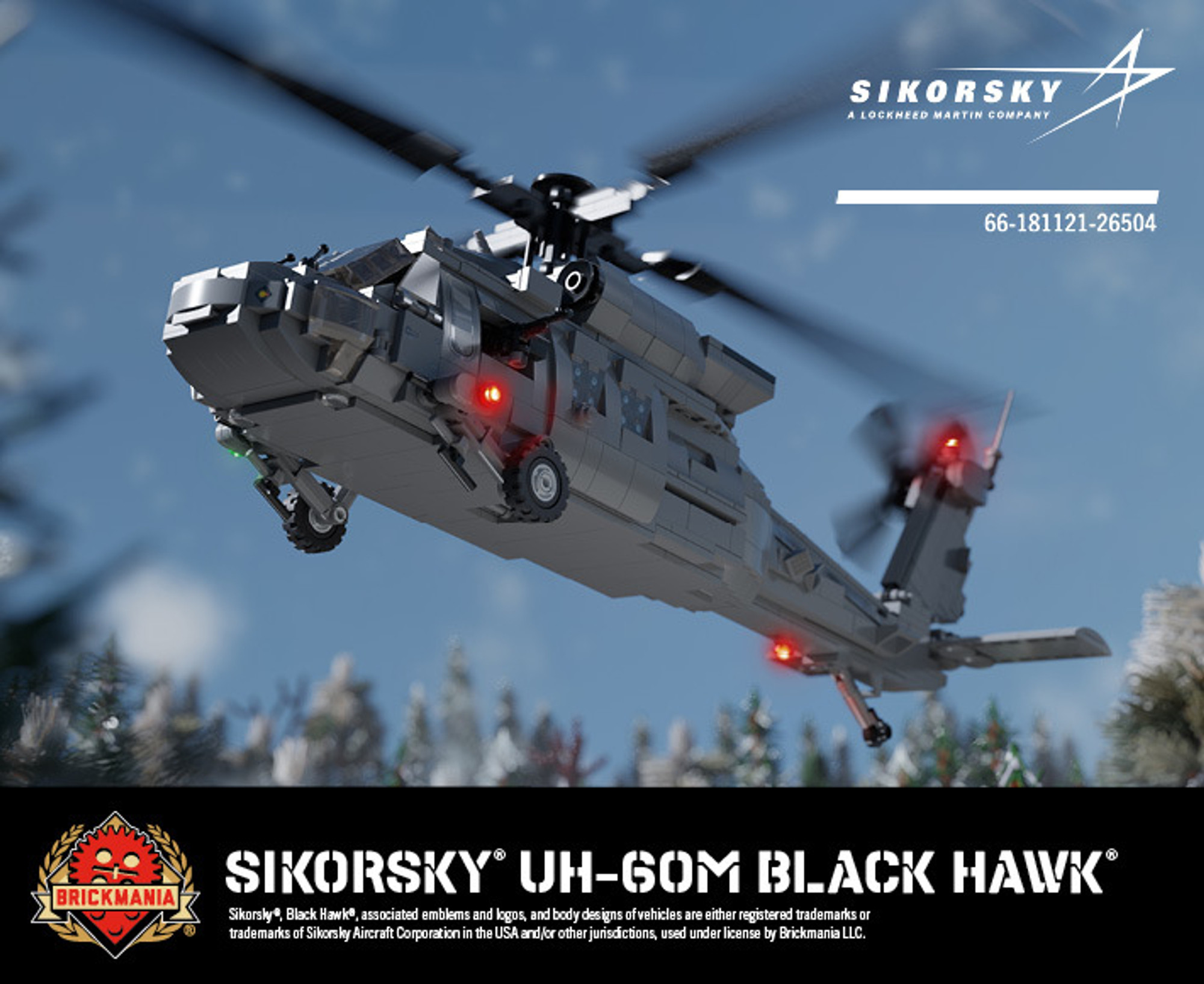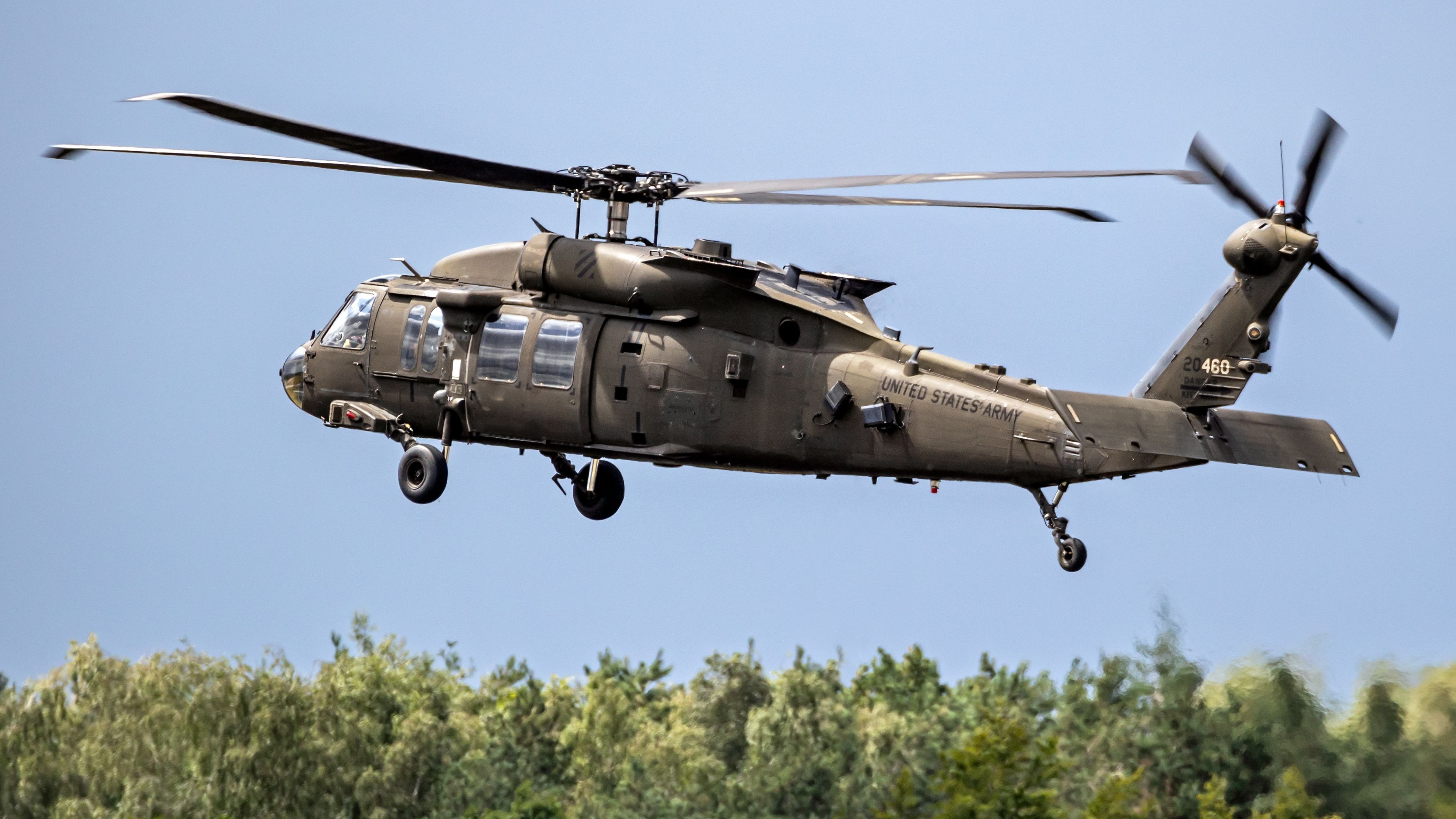Whatever You Need to Learn About the UH 60 Helicopter
The UH-60 helicopter, a foundation of United state Military aeronautics given that its debut in 1979, represents an amazing blend of engineering and functional versatility. As armed forces requirements progress, so also does the helicopter, with ongoing developments aimed at boosting its abilities and integrating contemporary technologies.
Background of the UH-60
Developed in the late 1970s, the UH-60 Black Hawk helicopter emerged as an action to the U.S. Military's demand for a flexible energy helicopter that can carry out a selection of missions under challenging conditions. The inspiration for its layout was the imperfections identified in the earlier helicopters used during the Vietnam War, particularly in terms of survivability, ability to move, and speed.
The Black Hawk was developed by Sikorsky Aircraft, incorporating innovative modern technologies and products to boost its efficiency and toughness. It was formally introduced into service in 1979, rapidly becoming an important possession for military operations - uh 60. Its capacity to move soldiers, medical evacuation, and logistical assistance in both fight and altruistic goals made the Black Hawk an indispensable component of the U.S. Military's air travel fleet
Throughout the years, the UH-60 has been continuously updated, adapting to the changing nature of war and the developing needs of modern-day armed forces operations. Its functional history consists of involvement in major problems, peacekeeping objectives, and disaster alleviation efforts, strengthening its credibility as a efficient and trustworthy helicopter in different environments worldwide.

Layout and Specifications
The layout of the UH-60 Black Hawk helicopter regularly reflects a commitment to functional efficiency and convenience. Developed by Sikorsky Airplane, this medium-lift utility helicopter features a streamlined, aerodynamic body that enhances speed and ability to move. Its tandem rotor system, defined by two counter-rotating blades, reduces resonance and enhances lift capacity, allowing for much safer procedures in diverse atmospheres.
The UH-60 is powered by two T700-GE-701C turboshaft engines, supplying an optimum rate of approximately 180 knots and a series of around 400 nautical miles. Its robust airframe is constructed from advanced composite materials, making sure toughness while preserving a fairly reduced weight. The helicopter has an optimum gross weight of concerning 22,000 extra pounds, sustaining a versatile payload configuration.

Missions and functions
A versatile platform, the UH-60 Black Hawk helicopter offers a wide range of functions and goals within military operations. Made primarily for troop transportation, it can carrying as much as 11 soldiers, making it an essential possession for quick release over here and logistical assistance.
In addition to troop transportation, the UH-60 masters medical evacuation (MEDEVAC) goals, outfitted with innovative clinical tools to offer essential treatment during transportation. Its ability to run in varied atmospheres improves its performance in combat search and rescue (CSAR) operations, where quick extraction of personnel is vital.
The helicopter also plays a considerable role in reconnaissance and surveillance goals, making use of onboard sensing units and devices to debrief. Furthermore, its adaptability encompasses logistical assistance, efficient in transferring products and devices to onward running bases - uh 60.
In battle procedures, the UH-60 can be furnished with various weapon systems, enabling it to supply close air support. Its multi-role ability makes the Black Hawk a vital device for modern army forces, adjusting perfectly to the evolving needs of battlefield scenarios and making certain mission success throughout a variety of functional contexts.
Performance and Capacities
Understood for its robust performance, the UH-60 Black Hawk helicopter flaunts impressive capacities that improve its functional effectiveness across different objectives. uh 60. This multi-role airplane is outfitted with powerful twin-engine Turbomeca Arriel 1D1 engines, offering outstanding speed and ability to move, with a maximum cruise ship rate of around 150 knots and an operational series of around 400 maritime miles
The Black Hawk's innovative avionics and fly-by-wire control systems considerably enhance flight safety and handling, permitting it to run in diverse environments, including damaging weather. Its adaptability is further exhibited find by its ability to bring as much as 11 fully geared up troops or a payload of about 8,000 pounds, making it suitable for army transport, clinical discharge, and logistical assistance goals.
Additionally, the UH-60 is created for survivability, featuring enhanced airframes, ballistic security for staff and guests, and advanced countermeasure systems to escape hazards. The helicopter's dexterity and rate, combined with its ability for quick deployment, make it an essential property in modern-day army procedures, making sure that it continues to be a crucial element of tactical air assistance and battlefield flexibility.
Future Developments

One substantial focus is the assimilation of advanced avionics systems, which will certainly boost situational understanding via boosted navigating and interaction capabilities. This consists of the prospective usage of artificial knowledge to aid pilots in decision-making and objective preparation.
Additionally, future versions might include advanced products and design features to boost the helicopter's sturdiness and minimize its radar signature, boosting survivability in objected to environments.
The introduction of hybrid-electric propulsion systems is additionally coming up, intending to enhance gas effectiveness and reduce logistical burdens. Such advancements might extend operational range and lower the helicopter's ecological impact.

Verdict
The UH-60 helicopter represents a considerable advancement in armed forces aeronautics considering that its intro in 1979. The UH-60's sustaining existence underscores its important role in modern armed forces operations and highlights the continuous development of military aviation modern technology.
The UH-60 helicopter, a foundation of United state Army air travel since its debut in click to investigate 1979, stands for a remarkable mix of design and functional adaptability. As armed forces demands develop, so too does the helicopter, with recurring innovations aimed at boosting its capacities and integrating modern-day innovations.The design of the UH-60 Black Hawk helicopter continually reflects a dedication to operational efficiency and versatility. Developed by Sikorsky Airplane, this medium-lift utility helicopter features a sleek, aerodynamic fuselage that enhances speed and maneuverability.The UH-60 helicopter stands for a considerable improvement in army aviation given that its introduction in 1979.